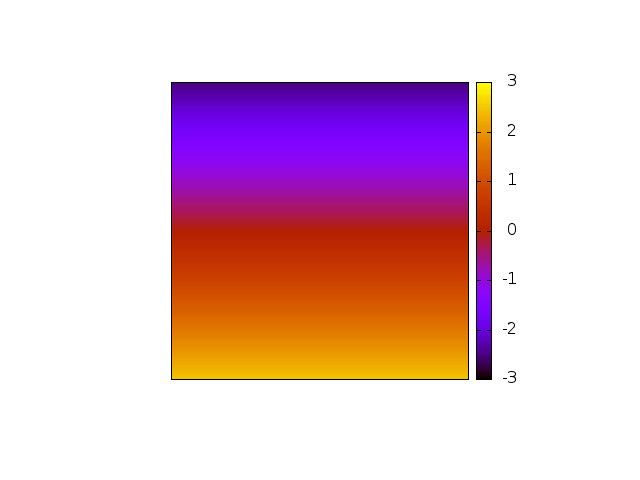Description
A heartbeat involves a wave of electrical activity that travels through cardiac tissue and can be recorded in an electrocardiogram. The underlying cause of some arrhythmias, such as ventricular tachycardia and ventricular fibrillation, is the formation of spiral waves that disrupt the normal behaviour of the heart. Spiral waves have their own period and can overwhelm the natural pacemaker of the heart.A simple mathematical model of electrical activity in the heart is the FitzHugh-Nagumo partial differential equation. This is a reaction-diffusion equation with spiral wave solutions.

|
A spiral wave solution of the FitzHugh-Nagumo equation. |
Prerequisites
None. However, some parts of any of the following modules could be helpful: Mathematical Biology III, Dynamical Systems III, Numerical Analysis II, Mathematical Modelling II.Resources
There are several webpages that discuss this topic.Some examples can be found at the virtual heart and spiral waves break hearts.
Relevant books in the library include:
The geometry of biological time by Winfree and Mathematical biology by Murray